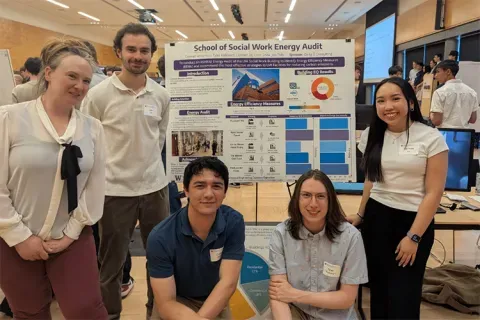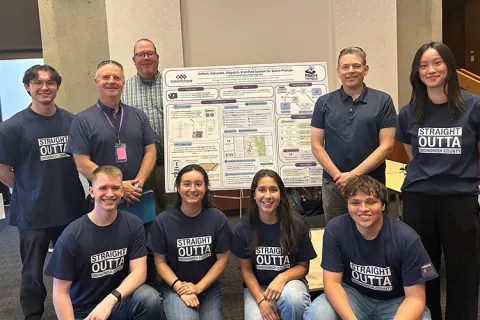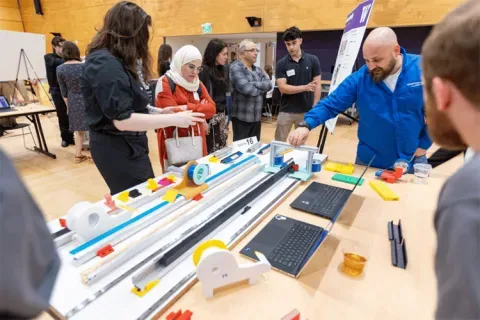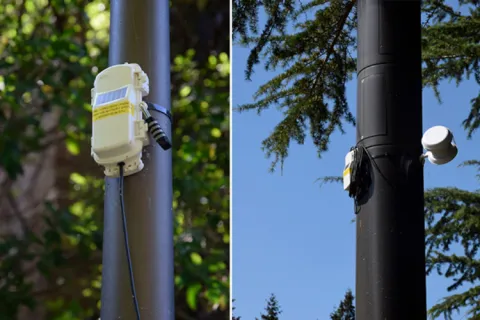Boeing
Mechanical Fixture for Surface Treatment Process Control
This project provided students an opportunity to learn more about mechanical design, system fabrication, automation, surface preparation of thermoplastics, and structural repair of composites. The hope was that students would have an opportunity to gain some hands-on experience on system design, build, and implementation. This student team worked to advance and improve on a mechanical fixture /guidance system for use with the different commercially available portable options for surface treatment of thermoplastics (plasma/laser/UV light) to achieve the following: 1. Accurately control prescribed pass speeds for all options 2. Guided consistent overlap between passes 3. Maintain constant, controllable nozzle distance from substrate 4. Variable clamping mechanism for different nozzle sizes 5. Minimum 3-axis numeric control 6. Clamping system with vacuum suction cups to ensure secure completion of surface treatment coverage Anticipated deliverables for this project included: 1. Report, including any design(s), prototype(s), and/or simulation(s) developed during the effort. 2. Mechanical proof of concept demonstration, if feasible.
Faculty Adviser(s)
Eli Patten, Mechanical Engineering
Related News

Mon, 10/13/2025 | UW Mechanical Engineering
Capstone collaboration leads to award
An ME capstone team received first place for its energy audit of the UW School of Social Work building.

Thu, 07/17/2025
UW engineering students develop smart ballot solution
UW engineering students develop smart technology solution to improve ballot collection for Snohomish County.

Mon, 07/07/2025 | UW Mechanical Engineering
Capstone creations
Students displayed innovative capstone design projects at the 2025 expo.

Fri, 09/20/2024 | UW Civil & Environmental Engineering
Smarter irrigation for a greener UW
A new project combines satellite data with ground sensors to conserve water and create a more sustainable campus environment.